
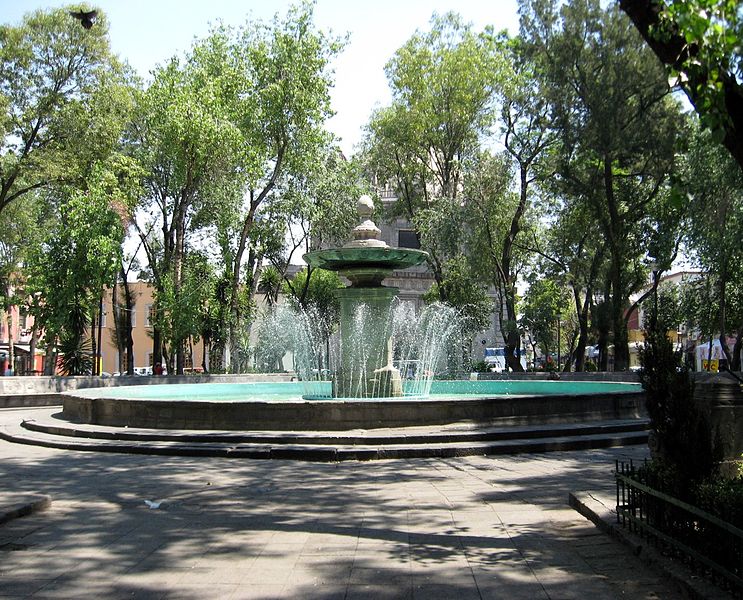
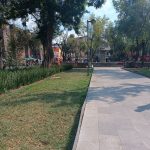 Together with the Plaza de El Carmen and the Plaza de San Sebastián, today known as Torres Quintero, the Plaza de Loreto is a popular recreational space for the neighborhood of Atzacoalco. These were the last squares of the city to the north and east on the old map. The space received its current name in the 18th century, when the Jesuit Juan Bautista Zappa arrived at the Colegio de San Pedro y San Pablo and introduced devotion to the Virgin of Loreto. The temple then changed its name from San Gregorio to Loreto, and the new temple was built with the Virgin of Loreto as its patron saint. The Plaza received the same name and is still thus known today.
We can admire a square with several old buildings, to the north the temple of Loreto, to the east the porter's lodge and the two facades of the temple and ex-convent of the Discalced Carmelite nuns of Santa Teresa "La Nueva." These differentiate it from "La Antigua," (today, the ExTeresa Arte museum). To the south are the portals of the Monte Sinai Synagogue and the Historic Synagogue of the Azhkenazim community.
The Viceroy Bucareli created a "new promenade" to the west of the capital at the end of the 18th century. That avenue closed the hamlet of the Moyotlan neighborhood and was the limit of the city together just past the Ciudadela and the Garita de Belen. It had three traffic circles each with a splendid fountain. Two of them were lost to history, but the third survives in thePlaza de Loreto. The enormous bronze cup of the fountain was cast at the end of the 18th century and still serves the neighborhood.
Together with the Plaza de El Carmen and the Plaza de San Sebastián, today known as Torres Quintero, the Plaza de Loreto is a popular recreational space for the neighborhood of Atzacoalco. These were the last squares of the city to the north and east on the old map. The space received its current name in the 18th century, when the Jesuit Juan Bautista Zappa arrived at the Colegio de San Pedro y San Pablo and introduced devotion to the Virgin of Loreto. The temple then changed its name from San Gregorio to Loreto, and the new temple was built with the Virgin of Loreto as its patron saint. The Plaza received the same name and is still thus known today.
We can admire a square with several old buildings, to the north the temple of Loreto, to the east the porter's lodge and the two facades of the temple and ex-convent of the Discalced Carmelite nuns of Santa Teresa "La Nueva." These differentiate it from "La Antigua," (today, the ExTeresa Arte museum). To the south are the portals of the Monte Sinai Synagogue and the Historic Synagogue of the Azhkenazim community.
The Viceroy Bucareli created a "new promenade" to the west of the capital at the end of the 18th century. That avenue closed the hamlet of the Moyotlan neighborhood and was the limit of the city together just past the Ciudadela and the Garita de Belen. It had three traffic circles each with a splendid fountain. Two of them were lost to history, but the third survives in thePlaza de Loreto. The enormous bronze cup of the fountain was cast at the end of the 18th century and still serves the neighborhood.
Heart of México Walking Route: Loreto-San Ildefonso Route
< < Ruta Manuel Tolsa-Santa Veracruz |Templo Santa Teresa la Nueva > >
Proyecto “Corredor de Cultura Digital”.
Nombre de la investigación: Investigación Centro Histórico, Monumentos, Edificios y Puntos de Interés (2023)
Dirección de investigación y diseño de Rutas: Acércate al Centro A.C. Guadalupe Gómez Collada
Coordinación e investigación histórica: Fideicomiso del Centro histórico Dir. Maestra Loredana Montes
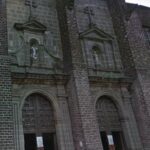
相近 0.05 kms.
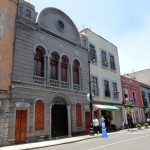
相近 0.06 kms.
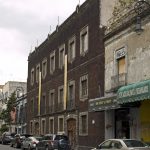
相近 0.07 kms.

Mexico City's historic and first-recognized Jewish temple . . .
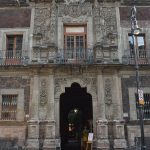
A modern graphic collection in an outstanding Baroque palace from the 18th century.

A striking Baroque work by Pedro de Arrieta stands the test of time.

One of Mexico City's earliest temples is today a cultural center and museum.
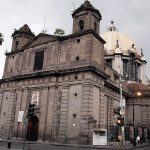
One of the most striking Neoclassical churches in the city center, the Church of Nuestra Señora de Loreto is also one of the most crooked.